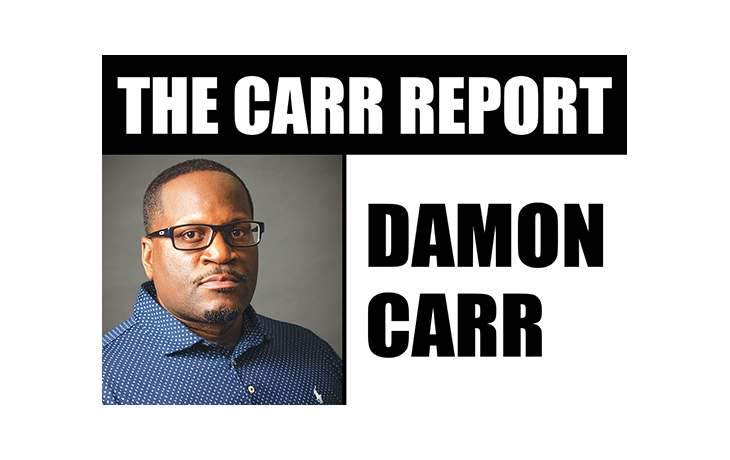Financial stability is a goal that many people strive for, but the path to achieving it can be filled with uncertainty. When it comes to managing your money effectively, there are several key strategies to consider: saving, investing, paying off debt, and creating wiggle room in your budget.
Each of these plays a crucial role in your financial well-being, but the question remains, what comes first? Let’s delve into each of these aspects and explore the best approach to building a solid financial foundation.
Saving: The Foundation of Financial Security
Saving money is how you build your money muscles. Saving money is how you build financial stability, financial security and ultimately how you build wealth. Building up your savings account provides you with a financial cushion to fall back on in case of emergencies, unexpected expenses, or job loss. It’s generally recommended that you have an emergency fund that can cover three to six months’ worth of living expenses. This safety net can help you avoid going into debt when life throws you a curveball.
When it comes to saving, consistency is key. Setting up automatic transfers to your savings account each month can help you build your savings steadily over time. It’s essential to prioritize saving a portion of your income before allocating funds to other financial goals. By making saving a priority, you lay the groundwork for a secure financial future.

Investing: Building Wealth for the Long Term
Investing is a powerful tool for growing your wealth over time. While saving helps you preserve your money, investing allows you to make your money work for you. By putting your money into assets like stocks, bonds, real estate, mutual funds or exchange traded funds, you have the potential to earn returns that outpace inflation and build long-term wealth.
When deciding whether to save or invest, consider your financial goals and time horizon. If you have high-interest debt or lack an emergency fund, it may be wise to prioritize saving and debt repayment before diving into investing. However, if you have a solid financial foundation in place, investing can be a crucial step towards achieving your long-term financial objectives.
Paying Off Debt: Clearing the Path to Financial Freedom
Debt can be a significant obstacle on your journey to financial security. Debt payments swallow up disposable income and hinders one’s ability to either consistently save or save aggressively. High-interest debt, such as credit card debt or payday loans, is a sign of overspending. These debts will generally be prioritized to be paid off first because they carry the highest interest rate and the lowest balance.
Whether you’re working the debt avalanche which prioritizes debt payoff based on the highest interest rate or the debt snowball which prioritizes debt based on the lowest balance, credit card debt and payday loan debt will be the top priority. The number one rule when it comes to paying off debt is stop borrowing! You borrow your way out of debt. Prioritizing debt repayment can free up your cash flow, reduce financial stress, and improve your credit score. By tackling your debt aggressively, you can pave the way for a brighter financial future.
Creating Wiggle Room: Flexibility in Your Budget
Having wiggle room in your budget boils down to you acting your wage and living below your means. Budgeting and managing cash flow effectively are crucial steps in creating financial stability. Creating wiggle room in your budget involves optimizing your spending to free up extra money that can be allocated towards savings, investing, or debt repayment. By examining your expenses and identifying areas where you can cut back or eliminate unnecessary costs, you can create financial breathing room and increase your financial flexibility.
Wiggle room in your budget can also help you adapt to unexpected financial challenges or take advantage of opportunities as they arise. By living below your means and being mindful of your spending, you can build a stronger financial foundation and achieve your financial goals more efficiently.
The question remains, which comes first? In order to manage your money both effectively and efficiently, there’s a particular order I recommend. Working your plan in this order will help you avoid the debt trap and prevent from tapping into your savings and investments prematurely.
- Creating Wiggle Room: The truth of the matter is, you can’t pay off debt, save, or invest if you have no margin or wiggle room between your income and expenses. In fact, the more margin you have between your income and expenses, the faster you can pay off debt, save money, and build wealth. Before you start saving, investing, or paying off debt, it’s essential to establish a budget that allows for some flexibility. This ensures that unexpected expenses or emergencies can be covered without disrupting your financial plans.
- Paying Off Debt: High-interest debt, such as credit card debt and payday loans, should typically be tackled first. Paying off these debts will increase your cash flow enabling you to tackle the bigger debts such as car loans, student loans, and mortgages. By paying off debt, you can reduce the burden of interest payments, increase your margin between income and expenses and improve your financial health.
- Saving: First you create the margin between income and expenses. Before you start the process of paying off debt, you should create a starter emergency fund of $1,000. Having this starter emergency fund will prevent you from turning to credit cards when life throws you a curveball. After those pesky debts are paid, you want to focus on building a fully funded emergency fund. This fund should cover 3-6 months’ worth of expenses and serve as a financial safety net. If you’re actively saving for a down payment on a house or saving money to purchase a big-ticket item, you’d do that here after you’ve created some wiggle room and paid off debts.
- Investing: When it comes to investing, the sooner you start, the better. I recommend that you contribute a minimum of 3 percent towards your retirement while you’re in the process of getting your financial house in order including creating wiggle room in your budget, paying down debt, and building a savings cushion. After paying off debts and establishing a fully funded emergency fund, you can up your retirement contribution to 10 percent. You’d want to eventually increase it to 15 percent. Once you’re saving 15 percent towards retirement, and you have extra money to invest, you can focus on investing to build wealth.
In summary, the recommended order is creating wiggle room, paying off debt, saving for emergencies, and then investing for the future. Each step builds upon the previous one, setting a strong foundation for your financial journey.
(Damon Carr, Money Coach can be reached at 412-216-1013 or visit his website at www.damonmoneycoach.com)


